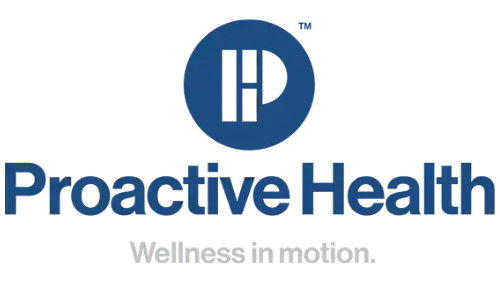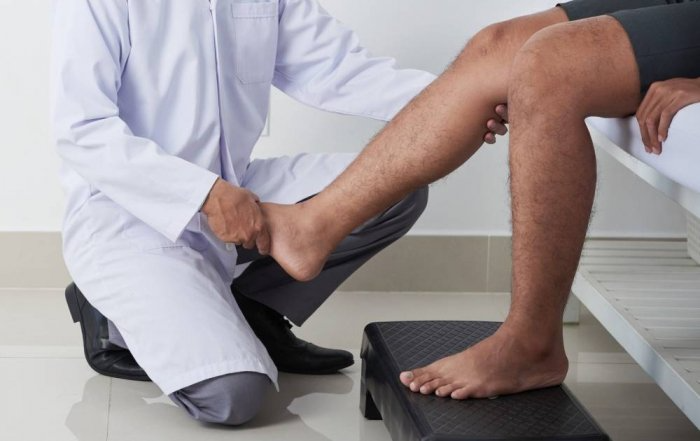Cardiovascular Physiotherapy’s Approach to Treated Conditions Such as Peripheral Arterial Diseases
Introduction to Cardiovascular Physiotherapy
Definition and Scope of Cardiovascular Physiotherapy
Cardiovascular physiotherapy encompasses a specialized branch focused on the prevention, treatment, and management of heart and vascular diseases. It involves various therapeutic interventions designed to improve cardiovascular health and endurance, facilitating enhanced daily functions and quality of life.
Importance in Treating Peripheral Arterial Diseases
Peripheral Arterial Disease (PAD) is a cardiovascular disorder that reduces blood flow to the limbs. Cardiovascular physiotherapy is crucial for managing PAD symptoms and enhancing limb functionality, mitigating the risk of disease progression and improving patient well-being.
Understanding Peripheral Arterial Diseases (PAD)
Overview of PAD
Peripheral Arterial Disease involves the narrowing of peripheral arteries, typically in the legs, due to atherosclerosis, leading to pain, numbness, and in severe cases, the risk of limb loss. Early diagnosis and timely intervention are crucial.
Symptoms and Diagnosis
Symptoms include claudication, pain or cramping in the legs triggered by activity and relieved by rest. Diagnostics may involve physical examinations, ankle-brachial index (ABI), and ultrasound imaging.
Impact on Patients’ Quality of Life
PAD can significantly impair mobility and independence. Interventions like those provided in Proactive Health’s physiotherapy services are essential for improving walking distance and reducing symptoms, thereby enhancing quality of life.
Physiotherapy Techniques for PAD
Exercise Therapy
Exercise therapy, including structured walking regimens, is fundamental for PAD management, improving symptoms and mobility.
- Types of Exercises Recommended
Walking, complemented by strength and flexibility training, is beneficial, with personalized exercise plans offered through Proactive Health’s Kinesiology programs. - Benefits of Exercise in PAD Management
Regular physical activity increases limb circulation, decreases pain, and extends walking distances.
Manual Therapies and Their Applications
Techniques like massage and soft tissue manipulation help enhance circulation and alleviate discomfort.
- Role of Massage and Mobilization
Registered Massage Therapy at Proactive Health can improve blood flow and reduce muscle tension in PAD patients.
Technological Interventions
Advancements such as ultrasound and electrical stimulation are beneficial for pain management and promote healing by increasing blood circulation and muscle activity.
- Use of Ultrasound and Electrical Stimulation
These modalities help reduce pain, promote healing, and improve muscle activation.
Comprehensive Treatment Plans
Integrating Physiotherapy with Other Treatments
Effective PAD management requires a multidisciplinary approach, including medications and lifestyle adjustments.
Lifestyle Modifications and Their Impact
Recommendations for quitting smoking, managing weight, and dietary adjustments are crucial. Active Rehab services help patients implement sustainable lifestyle changes.
Long-Term Management Strategies for PAD
Managing PAD effectively requires ongoing care and regular monitoring, emphasizing the importance of continuity in treatment.
Success Stories and Patient Outcomes
General Improvements Observed in PAD Patients
Many patients report significant improvements in symptoms and mobility following a structured physiotherapy program, demonstrating the effectiveness of tailored exercise and manual therapy.
Physiotherapy’s Role in Enhancing Recovery and Mobility
The strategic application of physiotherapeutic techniques can significantly enhance recovery rates and mobility in patients with PAD, contributing to a higher quality of life.
Precautionary Measures and Recommendations
Use of Compression Socks
Compression socks are recommended to improve circulation and are particularly beneficial for PAD patients.
Safety Precautions During Physiotherapy Sessions
Tailoring physiotherapy sessions to individual capacity is crucial to ensure safety and prevent overexertion.
FAQ – Answering Common Queries
What is the role of physiotherapy in peripheral arterial disease?
Physiotherapy manages and alleviates PAD symptoms, enhancing mobility and overall quality of life.
What is the best exercise for peripheral artery disease?
Supervised walking is the most effective exercise for improving PAD symptoms.
What are the treatment strategies for patients with peripheral artery disease?
A combination of exercise, manual therapies, and lifestyle changes forms the core of treatment strategies for PAD.
Should you wear compression socks if you have peripheral artery disease?
Yes, wearing compression socks can aid in improving circulation in the legs.
For personalized care and the latest in diagnostic tools in physiotherapy, consider booking an appointment with Proactive Health. Our comprehensive services include Physiotherapy, Registered Massage Therapy, Kinesiology, Fascial Stretch Therapy, Active Rehab, and Bodyworker sessions.



